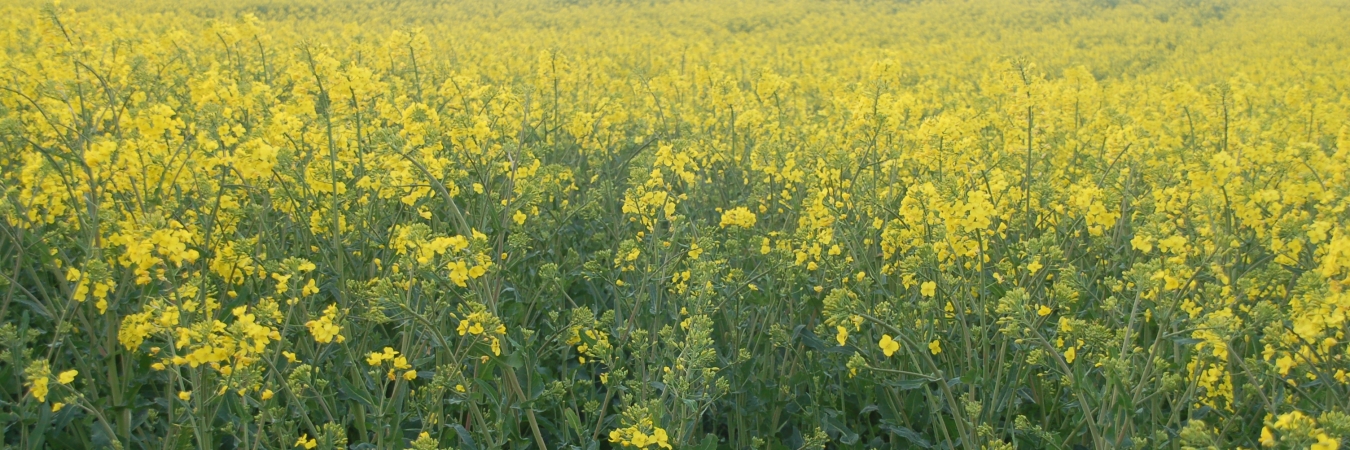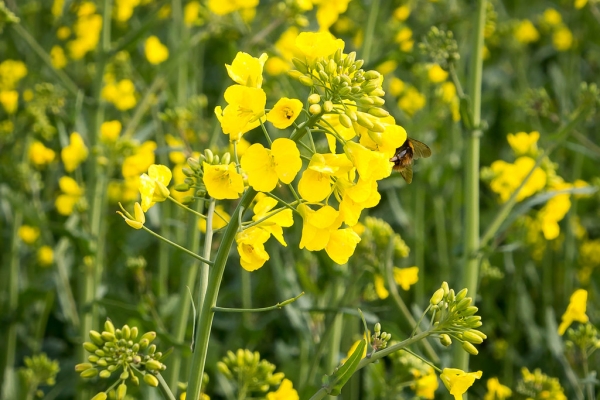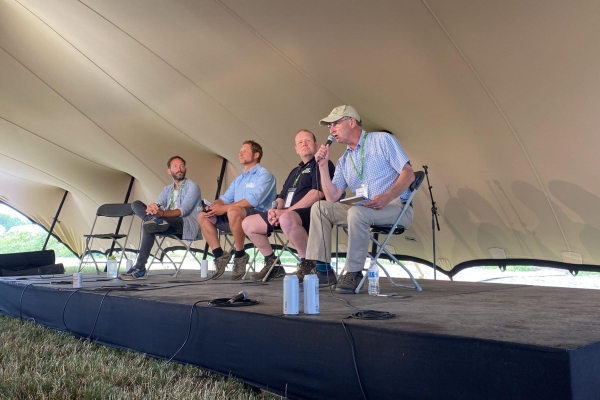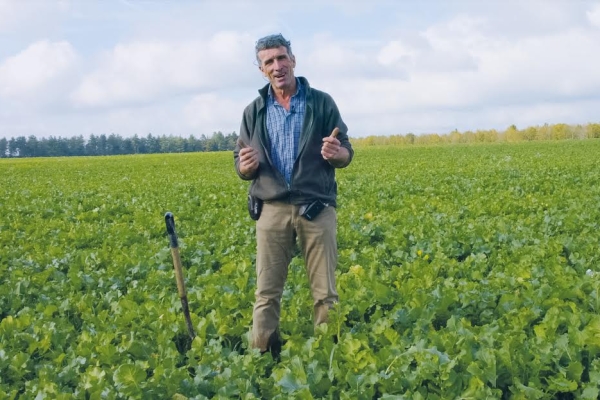Nitrogen supply for organic winter oilseed rape
DiverIMPACTS Practice Abstract
Resource explained
In cool, moist and dry soils, nitrogen (N) mineralisation can be inhibited, which leads to an insufficient N supply and yield losses. Modern varieties of winter oilseed rape require a lot of N in early spring. Fast-releasing fertiliser application in autumn and spring can complement fertilisation via crop rotation and manure before sowing, and prevent a lack of N in spring. Optimal fertilisation ensures that current oilseed rape varieties reach their full yield potential. This Abstract, created as part of the DiverIMPACTS (Diversification through Rotation, Inter-cropping, Multiple Cropping, Promoted with Actors and value-Chains towards Sustainability) project, provides practical guidance of how to maximise on N in a sustainable, efficient way.
Findings & recommendations
- To maximise on N, it is recommended that the ideal time for cultivating oilseed rape (OSR) is after grass-clover or legumes.
- After growing grains, apply about 30 tonnes of manure or manure compost per hectare before cultivating OSR.
- In dry conditions in spring, an early single application of N is preferable to two smaller applications.
- In the case of slurry with a low N content, two applications are often required because a maximum of 40 m3 of slurry can be applied at once. Regularly analyse the N content of your slurry (or commercial fertiliser or liquid digestate if using) so you can be sure to apply the correct amount.
- It is recommended that you initially carry out tests under your farm conditions. This Abstract provides practical guidance on how to do this, along with guidance on how to visually examine plants, how to carry out an exact evaluation using plant samples, and how to evaluate yield per plot during harvest.
The overall goal of the DiverIMPACTS project is to achieve the full potential of diversification of cropping systems for improved productivity, delivery of ecosystem services and resource-efficient and sustainable value chains. View the project website and other practice abstracts here.






